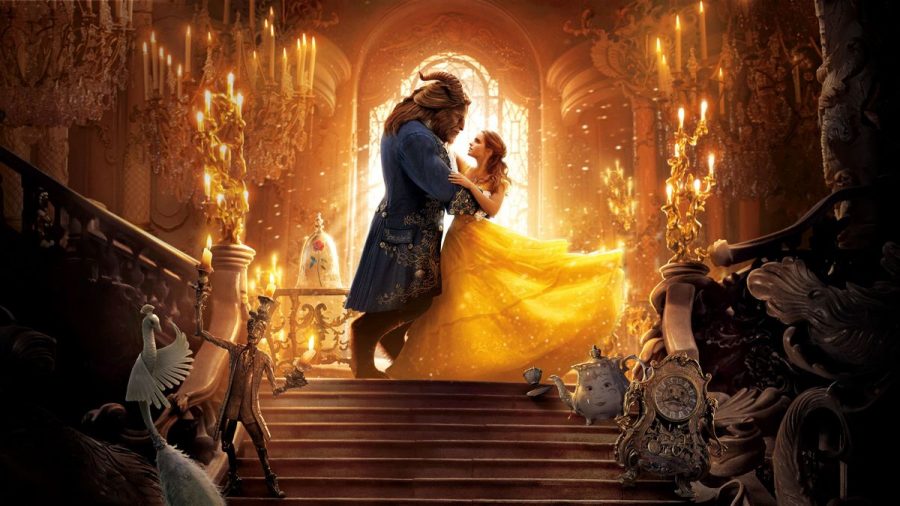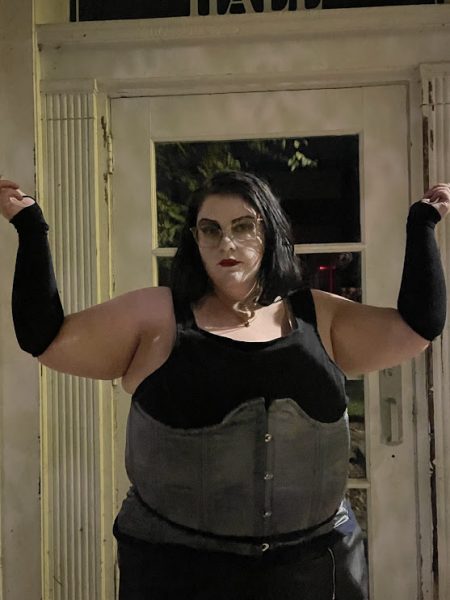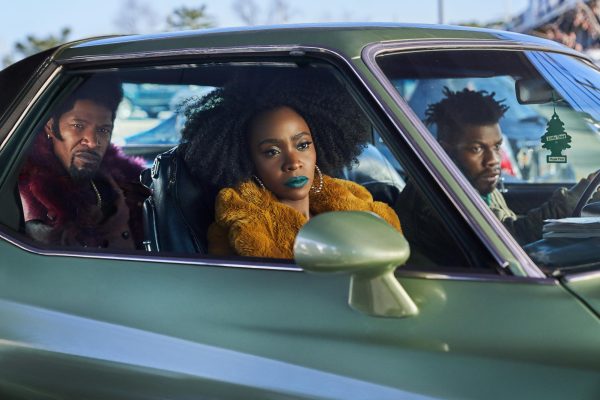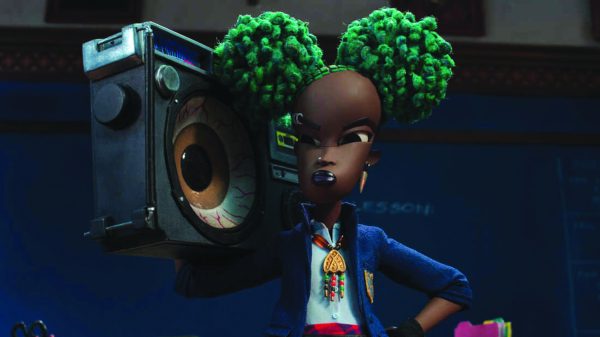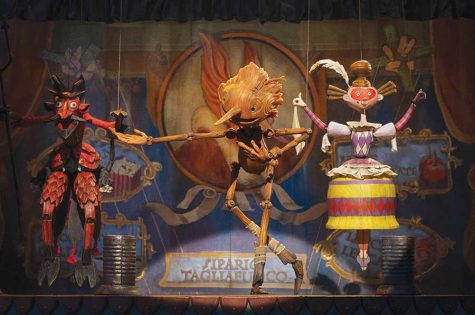Disney remake brings beauty and anachronism to the big screen
“Beauty and the Beast” was extravagantly gorgeous, well written and performed well. Director Bill Condon (The Twilight Saga: Breaking Dawn 1 and 2) struck a good balance between following the old story and adding new material. While most of the new material is nice, none of it is essential, and some of it is problematic.
The storyline is essentially the same in this live-action remake, but just enough background and dimension are added to each character to make them more believable and well-rounded, especially those who seemed like caricatures more than people in the original animated film. LeFou, played by Josh Gad (“Frozen”), is a prime example of this. No longer is he an idiotic follower of Gaston (Luke Evans, “The Hobbit: Desolation of Smaug”) but a witty admirer. As a matter of fact, his infatuation with Gaston even serves as a plot device.
Emma Watson (“Harry Potter”) plays a more extreme Belle, who is given more background along with the Beast (Dan Stevens, “Downton Abbey”). Some of our old questions are answered; for example, where is Belle’s mom? The answer is satisfactory. The Beast’s background, though, was not; while nice, it didn’t answer any of my questions about him or the spell, and the simple skimming over facts made me more curious than satisfied.
Starting with her new background, Belle’s character went through the largest change in this film. She is not just a bookworm, but a bit of an inventor and an advocate of education for girls. She is not an idle princess; when locked in her room after refusing to eat supper with the Beast, she plans an escape and nearly acts upon it.
While one could argue Belle is a better role model for girls in this remake, I have to wonder if it’s appropriate. Condon intentionally set a clearer time period for this film: basically pre-revolutionary France. Belle’s behavior would not have been acceptable. Yes, she gets scolded, and the whole town thinks she’s weird, but I don’t think a woman would have been so extremely feminist in that time period.
This is where Condon tries to balance something that shouldn’t be balanced. He either should have been consistent with the facts of the era, or he should have ignored them and not so clearly placed the film in that context. The illiterate people, the dances and most of the costumes were accurate, but Belle’s dresses, her modern feminism and the integration of black people in the aristocracy, while nice and politically correct, are not appropriate for the context of the time period.
Still, the balance of new versus old material was well maintained. Plot holes are filled in. For example, how did everyone in town forget about the giant castle in the nearby forest? But in answering these questions, more popped up. For example, why the hell is it snowing all the time at the castle? The change of seasons in the animated movie gave us a sense of time passing at the castle, but when it snows there perpetually, we have no idea how long Belle has been there. A week? Four months? Who knows?
New musical numbers took me by surprise. I had expected that the songs would not be exactly the same, and they weren’t, but they were also recognizable and just as fun. I hadn’t expected the Beast to have a brand new song all to himself. I wouldn’t call it an instant hit, but I did tear up a little. The new numbers were good. The new versions of the old songs were also good, changed to make the characters sometimes seem like they’re improvising. My only complaint is the use of autotune, making Watson’s voice synthetic; it distracts from the music and isn’t an attractive sound. I’m a fan of Emma Watson regardless of vocal talent, but don’t cast her in a role that requires singing if she can’t do it.
That said, the acting was good, and the camera work was gorgeous. The set was so extravagant that it was hard to look at sometimes. The animated characters were beautifully animated. Ian McKellen did a wonderful job as Cogsworth, stuffy and a perfect foil to Ewan McGregor’s Lumière. Emma Thompson also nailed Mrs. Potts, as she was cheerful and maternal and the quality of her acting was great. The best part of these animated characters was the intense focus on their loss of autonomy. Once the last petal fell, they would all turn into inanimate objects and lose sentience, and this gave a real sense of urgency and meaning to the plot.
For all of my complaints, it’s good to keep in mind that this is a film geared toward children. While I may find the elaborate and intricate sets overwhelming, a kid will ooh and aah at its beauty. Children will likely not wonder how long Belle has been in the castle, nor are they likely to notice Watson’s autotuned voice. Moreover, there were plenty of great things about the movie, including the cast, the camera work and the well-rounded characters. Overall, it was a fun experience, and it was good to see a new rendition of an old tale.


